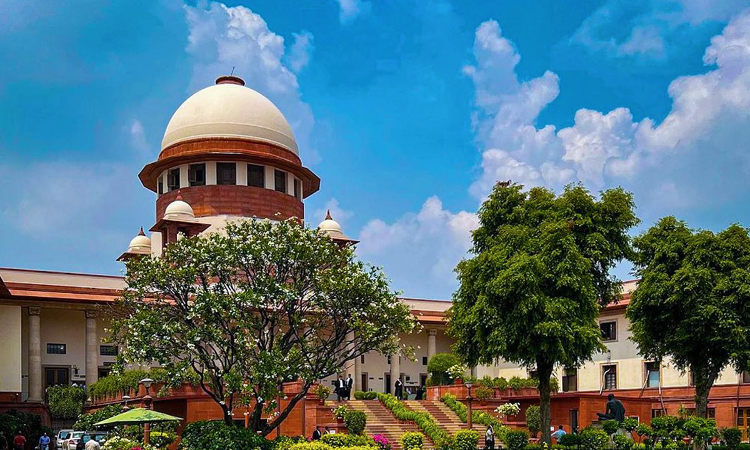The Supreme Court observed that 'common intention' for the purpose of Section 34 IPC can be formed at the spur of the moment and during the occurrence itself. For Section 34 of the IPC to apply, there should be common intention among the co-perpetrators, which means that there should be community of purpose and common design, the bench of Justices Sanjiv Khanna and Sudhanshu Dhulia said.In...

